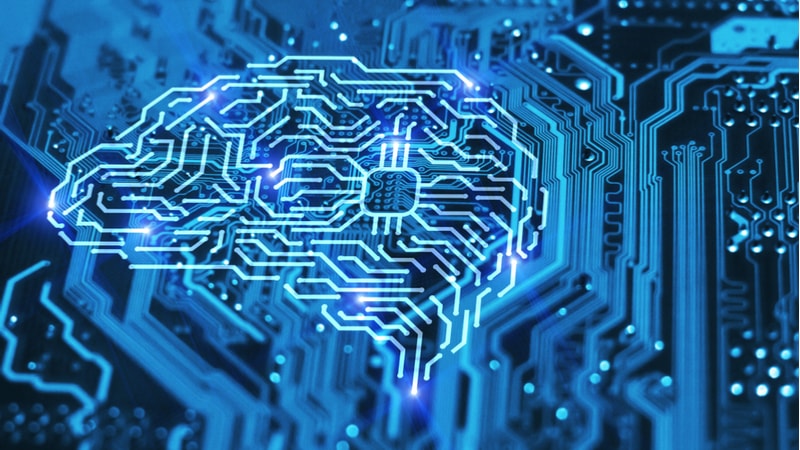
Sen. Maria Cantwell, D-Wash., chair of the Senate Commerce, Science, and Transportation Committee, is calling for passage of new “GI bill”-style legislation that would focus on artificial intelligence technologies and make sure that the U.S. workforce receives education and training about the emerging technology.
The senator discussed the need for such a GI bill – which refers to legislation approved by Congress in 1944 to subsidize expansive education opportunities for military veterans – during an Aug. 21 panel discussion in Seattle titled the “Future of AI,” which included executives from Microsoft and Amazon Web Services.
“So now, instead of a GI Bill, we need an AI education bill, we need a bill that says how do we educate for the future, given the impacts of AI” and “how do we offer the training and the skill sets so people can adapt now in their workplace,” Sen. Cantwell said.
The senator said that a legislative effort with that aim must instruct the “Department of Commerce (DOC) and the Department of Labor (DOL) to work together to transform the skill level of the workforce that [is needed] for the Information Age and AI revolution that’s going to happen.”
During the same event, Laurie Locascio, undersecretary of Commerce for standards and technology and director of the National Institute of Standards and Technology (NIST), echoed the senator’s focus on workforce education, and talked about the importance of mitigating risks that AI technology presents.
“AI technologies can drive and do drive inclusive economic growth, and support scientific achievements that change the conditions of the entire world,” said Locascio. “But as was mentioned, they do pose risks and we have to be aware of those risks.”
“We have to know how to manage those risks to organizations and individuals in society,” the NIST director said.
Locascio explained that NIST is in the “process of building [a] foundation for testing and evaluation and verification and validation of AI models” which she said will help measure the trustworthiness of AI models.
